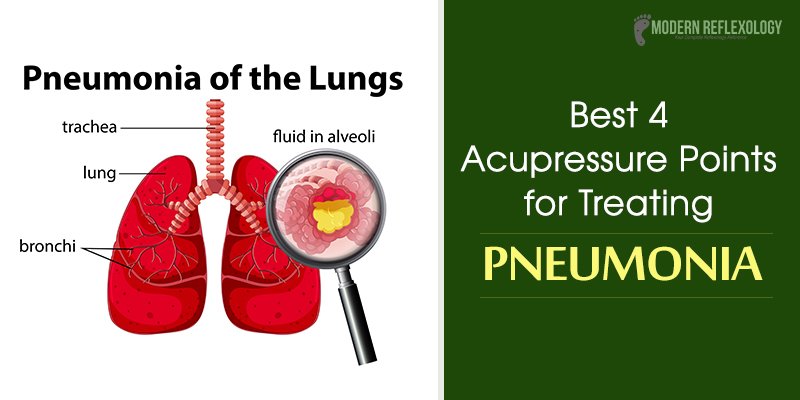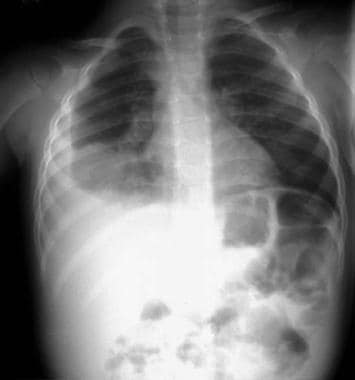

Add a slice of lemon for some added vitamin C and extra immune support. Hot water & honey – good quality honey, such as manuka honey is soothing to the area but also has unique anti-bacterial properties.Plain and simple – enough water! It’s important to stay hydrated if you’re fighting an infection anyway, but staying properly hydrated can also help keep excess mucous looser so you can cough it up more easily.If a chesty cough has troubled you for less than 3 weeks, some simple home remedies may help to get your symptoms under control: Coughing can also strain your abdominal muscles. In rare circumstances, it has also been known for ribs to be fractured during prolonged and vigorous coughing This arises as the muscles become strained or ‘bruised’ because of coughing. This can occur as a result of your airways being blocked with excess phlegm

Mucus produced when you cough can irritate the lining of your throat causing it to become painful This can also often be felt further down in the chest as a result of mucous and phlegm that has become dislodged However, you may experience other symptoms associated with a chesty cough including: Your chesty cough will most probably be the result of infection by cold and flu viruses and if this is the case, it is likely you will experience other symptoms of the cold or flu such as a blocked nose or fever. This can often develop into more chronic conditions such as COPD. A smoker’s cough is often persistent as your reflexes work hard to try and clear the lungs but to no avail. Additionally, we know the act of smoking adds more debris and chemical waste to our lungs anyway so this will only add to the problem. Normally these would easily remove any excess mucous or debris from our lungs but, as they become clogged, more debris remains in the lung. Smoking bungs up our airways with chemicals, irritates the lining of our lungs and also prevents alveoli, the unique structure of our lungs, from moving freely.
 Smoking – although smoking may initially give rise to a dry cough, longer-term you could develop a ‘smoker’s cough’ which is typically a hacking, chesty cough. Infectious lung conditions such as tuberculosis (TB) or conditions affecting the heart may also give rise to a chesty cough. Other medical conditions – conditions affecting the lungs may have been apparent from a young age such as cystic fibrosis or asthma or they may have developed over time as with chronic obstructive pulmonary disease (COPD). If you cough up yellow or green phlegm then this signals that at infection may be at the root of the cause and you should visit your doctor. Bacterial infections can affect the upper or lower respiratory tract and can give rise to conditions such as bronchitis, pneumonia or chest infections. More often than not, secondary infections are caused by bacteria. Secondary infections – if we don’t manage the symptoms of viral infections effectively, they can easily translate into secondary infections. Cold and flu – A bout of cold or flu is most often caused by a virus and a lingering viral infection can damage the mucous membranes lining your respiratory tract giving rise to excess mucous. There are a number of health conditions and lifestyle habits which can give rise to excessive mucus production is seen in the respiratory system. This increased mucus can gather in the respiratory system and a cough reflex is triggered to help remove the extra phlegm. When the common cold or flu viruses enter the respiratory system, more mucus is produced in an attempt to wash away the bugs and help fight off the infection. This mucus lining has a purpose – it traps unwanted particles such as dust, bacteria and viruses entering the respiratory tract and in this way, helps protect the body. These tubes are lined by mucous membranes, so-called because they produce a layer of mucus which covers the surfaces of the tubes. The air we breathe moves firstly through the large and medium sized tubes known as the bronchi and bronchioles. Oxygen is brought into our bloodstream via the lungs. This is distinct from dry coughs and tickly coughs which are both ‘non-productive’ coughs resulting from irritation at the back of your throat or pharynx. For this reason, they are sometimes referred to as mucus coughs.ĭoctors classify chesty coughs as ‘productive coughs’ as the act of coughing brings up mucus from the chest. Chesty coughs are characterised by an excessive amount of mucus in the chest.
Smoking – although smoking may initially give rise to a dry cough, longer-term you could develop a ‘smoker’s cough’ which is typically a hacking, chesty cough. Infectious lung conditions such as tuberculosis (TB) or conditions affecting the heart may also give rise to a chesty cough. Other medical conditions – conditions affecting the lungs may have been apparent from a young age such as cystic fibrosis or asthma or they may have developed over time as with chronic obstructive pulmonary disease (COPD). If you cough up yellow or green phlegm then this signals that at infection may be at the root of the cause and you should visit your doctor. Bacterial infections can affect the upper or lower respiratory tract and can give rise to conditions such as bronchitis, pneumonia or chest infections. More often than not, secondary infections are caused by bacteria. Secondary infections – if we don’t manage the symptoms of viral infections effectively, they can easily translate into secondary infections. Cold and flu – A bout of cold or flu is most often caused by a virus and a lingering viral infection can damage the mucous membranes lining your respiratory tract giving rise to excess mucous. There are a number of health conditions and lifestyle habits which can give rise to excessive mucus production is seen in the respiratory system. This increased mucus can gather in the respiratory system and a cough reflex is triggered to help remove the extra phlegm. When the common cold or flu viruses enter the respiratory system, more mucus is produced in an attempt to wash away the bugs and help fight off the infection. This mucus lining has a purpose – it traps unwanted particles such as dust, bacteria and viruses entering the respiratory tract and in this way, helps protect the body. These tubes are lined by mucous membranes, so-called because they produce a layer of mucus which covers the surfaces of the tubes. The air we breathe moves firstly through the large and medium sized tubes known as the bronchi and bronchioles. Oxygen is brought into our bloodstream via the lungs. This is distinct from dry coughs and tickly coughs which are both ‘non-productive’ coughs resulting from irritation at the back of your throat or pharynx. For this reason, they are sometimes referred to as mucus coughs.ĭoctors classify chesty coughs as ‘productive coughs’ as the act of coughing brings up mucus from the chest. Chesty coughs are characterised by an excessive amount of mucus in the chest.







 0 kommentar(er)
0 kommentar(er)
